Each year more than one million wildebeest and zebra invade the Serengeti grasslands, making it a paradise for the predators that live there. But what happens when the herds move off again? This programme follows the moving story of one lion family's struggle to survive until the return of the great migration.
Nature's Great Events tells the story of the epic trek of herds that follow the rains to fresh pastures, and the tale of the predators they leave behind.
The crew captures the desperate plight of a single pride of lions, revealing a different side to the Serengeti. Rather than being a predators' paradise, it is a land in constant change, with wildebeest following the rains and leaving the lions to tough it out.
The Ntudu pride has seven cubs, and is already suffering as the wildebeest leave to find fresh pastures. The four pride females struggle to find enough food for their hungry offspring.
As weeks turn to months, the pride members become more emaciated and frailer, and the number of cubs dwindles to just two.
As the herds begin to return, the plains reveal one final secret. For the first time since 1967, the Serengeti's only active volcano, Ol Doinyo Lengai, begins to billow ash and smoke. Filmed from the air, the team captures the exciting action. Fertilised by the volcanic ash over millions of years, these short grass plains are among the most productive grasslands in the world.
After months of hardship, the pride's tragic story, through sickness, drought and fire, is over as the herds return, providing plentiful food.
The final ten-minute diary, Pride and Peril, tells the harrowing story captured by film-maker Owen Newman of the Ndutu pride which he followed for more than a year.
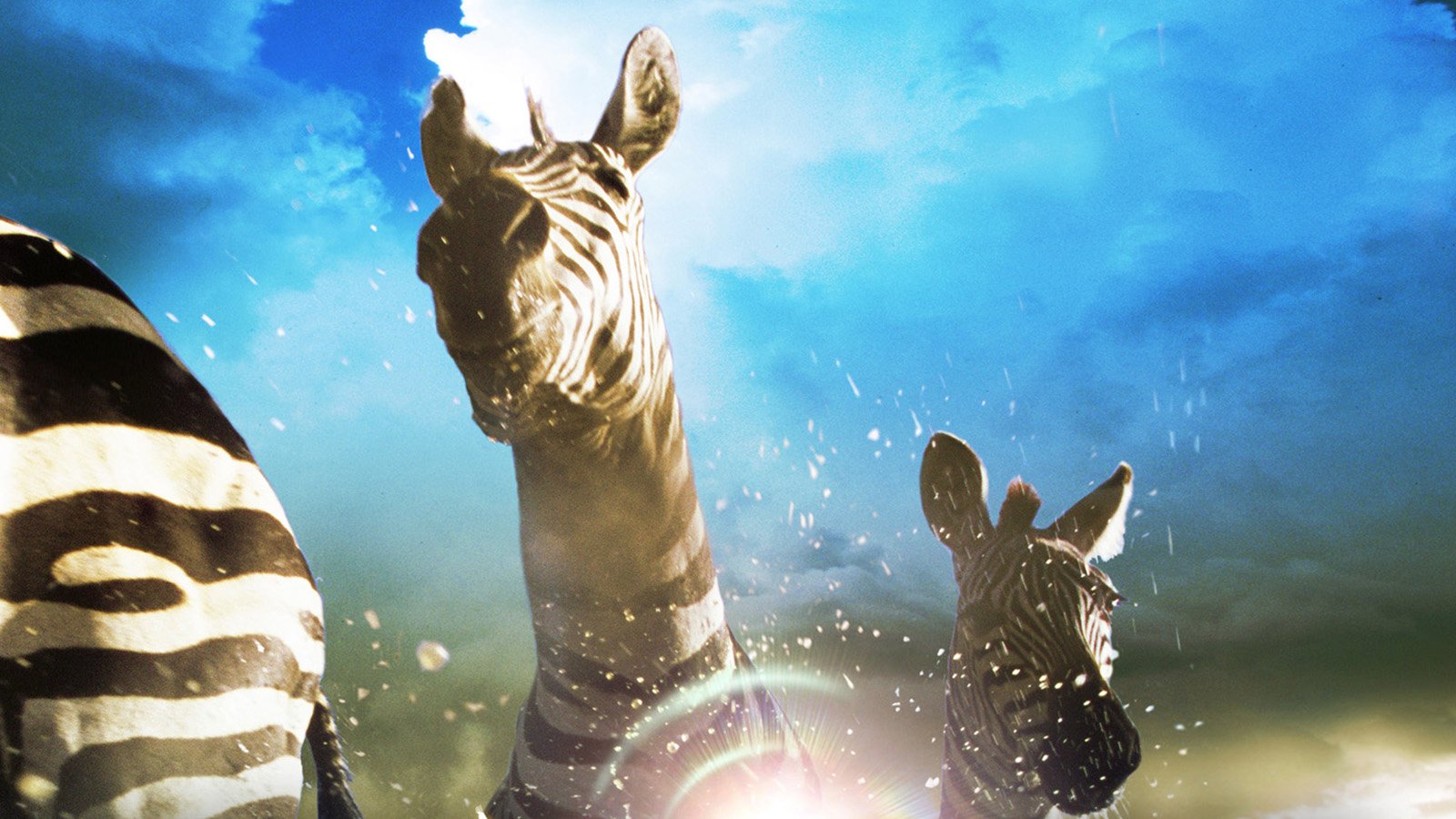

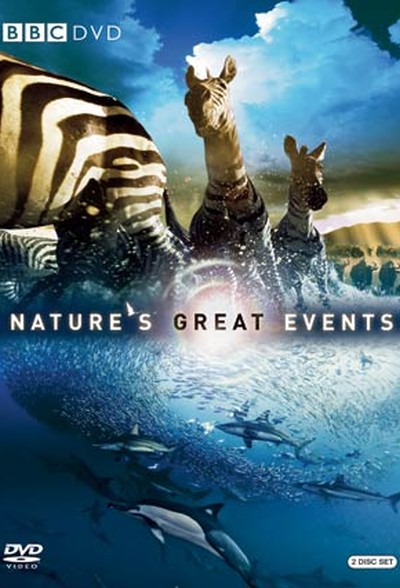


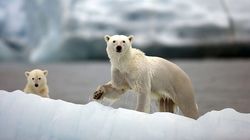
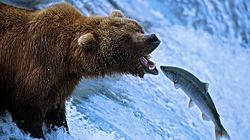
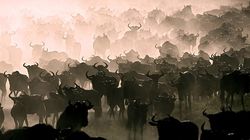
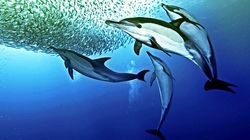
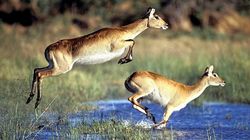
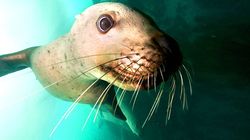
Комментарии к сезону отсутствуют. Стань первым!